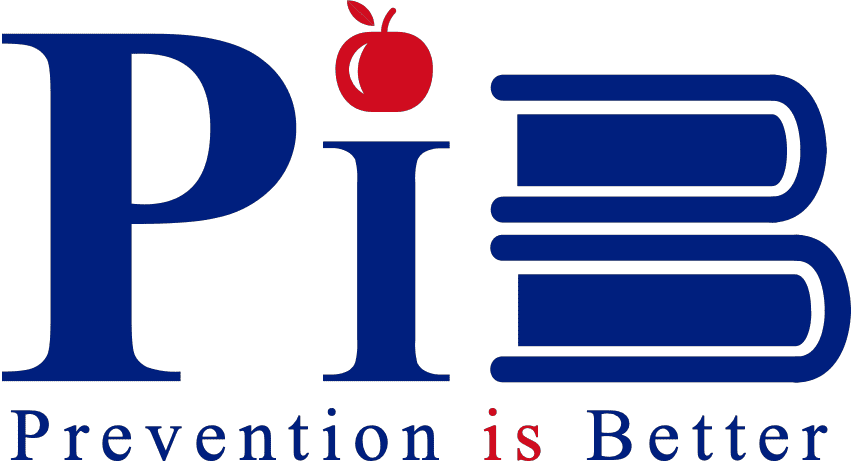What are the models of prevention? (Article series 4 of 7)

Note: This is the fourth in a series of articles on prevention.
Introduction
When trying to solve a large problem, it is important to think about ways to tackle it from a variety of directions. For example, when building a tower with blocks, it can be a good idea to stack blocks one on top of the other. For some types of blocks, this is a great method. However, for other types of blocks, the tower may fall over when stacked too tall. For this, it may be a better idea to stagger them.
Just like the blocks, it can be important to target larger issues such as substance addiction prevention with different models depending on the situation. There are a variety of models that deal with addiction prevention such as cognitive/information-based models, social influence models, sociological models, comprehensive models, social norms models. All of these models and theories target different aspects that can lead to addiction.
Example Models and Theories
Health Belief Model
This model says that we act and make decisions based on what we know. Therefore, it strives to educate people on substances and the negative impacts of substances. Yes, this may seem like a good tactic, however it’s not always efficient. For example, many people know that chocolate is bad for them, but their perceived positives of it outweigh the negatives they know about it. While it is good to educate people, this tactic alone may not be the most efficient.
Evolution Theory Model
This theory says that delaying the first use of drugs has a positive influence on problems with drugs (EMCDDA, 2010). This means that the later you can push the first-use of substances, the less likely someone will be to develop addictions. Again, this is a pretty good idea, but postponing the use doesn’t mean no problems will occur. It’s also hard to regulate the use of substances in youth and adolescents (EMCDDA, 2010). Too much regulation can also lead to rebellion in children which isn’t that great either. Again, it is definitely good to attempt to delay first substance use, but this tactic alone also may not be efficient (EMCDDA, 2010).
Social Norms Theory
This theory, which is used by Prevention is Better, says that behaviour is influenced by how we think our peers think and act - based on what we think the “norm” is (EMCDDA, 2010). This theory assumes that people often overestimate what they think other people are doing. For instance if a student believes most of their class drinks excessively, they may feel pressured to do the same to fit in. However, if they find that most students don’t drink at all, they may be less likely to engage in drinking themselves. To target addiction from this theory, prevention strategies often are targeted on redirecting perceived norms in people. Therefore, educating people on accurate statistics is much better (EMCDDA, 2010).
Conclusion
Although there are many theories that target addiction prevention, there may be pros and cons that are important to look into. When using a theory, it’s important to understand where it may be lacking so that you can try to fill in those gaps. For more information on theories, click on the link below. As mentioned, Social Norms Theory is the main guiding theory for PIB, so the next ARTICLE will go into more detail on what this theory is and its application for addiction prevention.
Reference
EMCDDA. (2010, July). Prevention and Evaluation Resources Kit (PERK): models and theories. emcdda.europa.eu. Retrieved April 3, 2024, from https://www.emcdda.europa.eu/publications/perk/resources/step2a/theory_en#comprehensive
Acknowledgements
Special thanks to the students of Redeemer University, Ancaster, Ontario for their assistance in preparing these articles.
